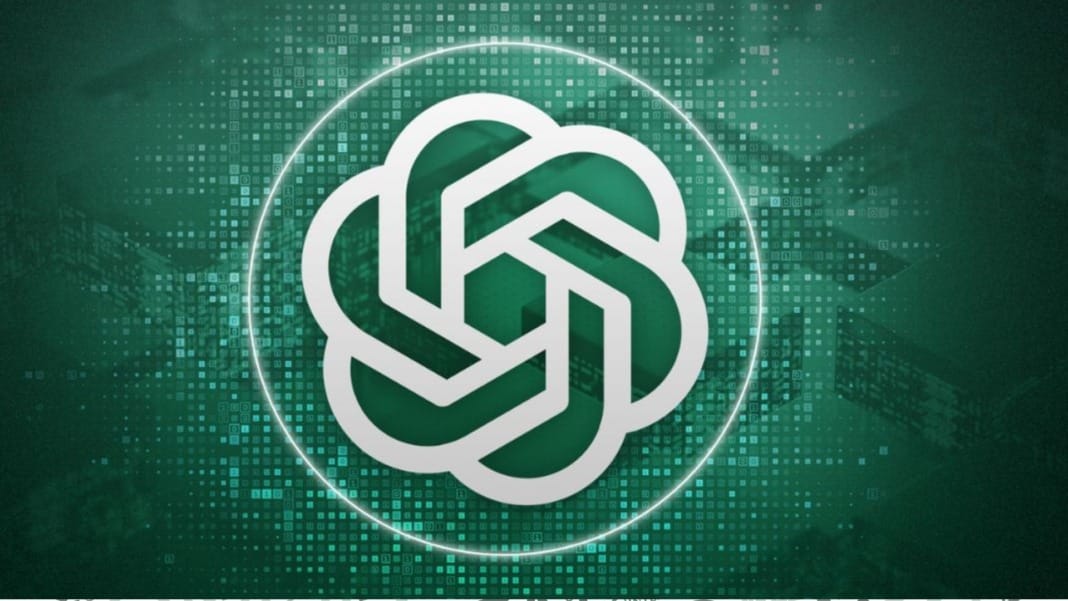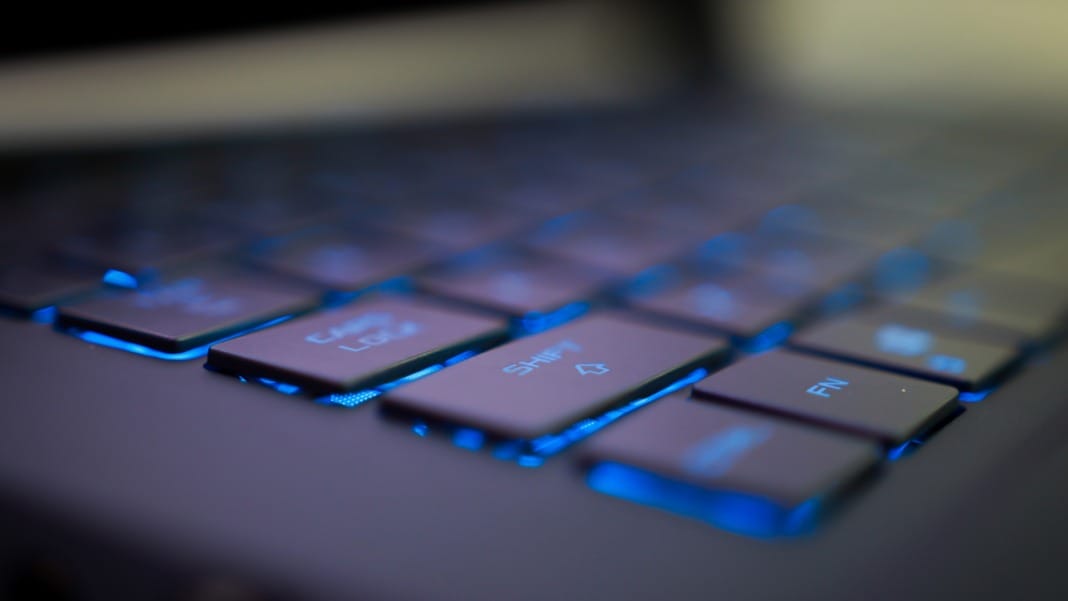A new study has revealed how people across the world are using ChatGPT, showing rapid global adoption, a narrowing gender gap, and strong use in everyday life.
OpenAI, together with Harvard economist David Deming, analysed 1.5 million ChatGPT conversations to gain insight into who uses the tool and why. The findings suggest the chatbot is moving far beyond its niche beginnings and becoming part of everyday routines both at work and at home.
Global adoption and shifting demographics
The study found that ChatGPT use has broadened significantly across the globe, with remarkably rapid uptake in lower-income countries. Usage in these regions grew four times faster than in high-income countries, highlighting how widely accessible the technology has become.
One of the most notable shifts has been in gender balance. In January 2024, only 37% of ChatGPT users had typically feminine names. By July 2025, this figure had risen to 52%, almost exactly reflecting the overall adult population. This trend indicates a closing gender gap, suggesting that the technology is now being embraced more equally across society.
The research also showed that ChatGPT is not limited to any particular demographic group. Instead, its reach is expanding to mirror the diversity of global populations, much like other widely adopted technologies such as Google in the mid-2000s.
Every day tasks dominate use
The analysis revealed that most people turn to ChatGPT for practical, everyday purposes rather than specialist or highly technical work. Three out of four conversations fall into the categories of writing, information-seeking, or practical guidance.
The study categorised usage into three main patterns. The largest group, labelled “Asking”, accounted for 49% of conversations, where users sought advice or information. “Doing” made up 40% of usage, including drafting, planning, and programming. The final category, “Expressing”, represented 11% of conversations, with users reflecting, exploring ideas, or engaging in playful exchanges.
While many still associate the chatbot with coding, this was found to be a relatively small area of use. Instead, writing has emerged as the most common professional application, with people seeking support in creating documents, reports, or communication materials.
Decision support, such as streamlining tasks and guiding choices, was also identified as an important way people use ChatGPT. This demonstrates that the chatbot serves not only as a content creation tool but also as a problem-solving and productivity aid.
Work and personal life blend
Although ChatGPT is often used in professional settings, the majority of usage occurs outside of work. The study found that 30% of consumer conversations were work-related, while 70% were linked to non-work activities.
This balance highlights how ChatGPT is becoming integrated into daily routines. From drafting emails to planning events, or simply asking for guidance, the chatbot is increasingly seen as a versatile tool. Its presence in both personal and professional contexts reflects a broader trend of digital tools becoming embedded in everyday life.
Experts suggest this widespread integration could shape how people think, work, and live, positioning ChatGPT as a core technology rather than a passing trend. As the report noted, ChatGPT is “becoming part of everyday life,” much like the way Google became indispensable to millions in the mid-2000s.





